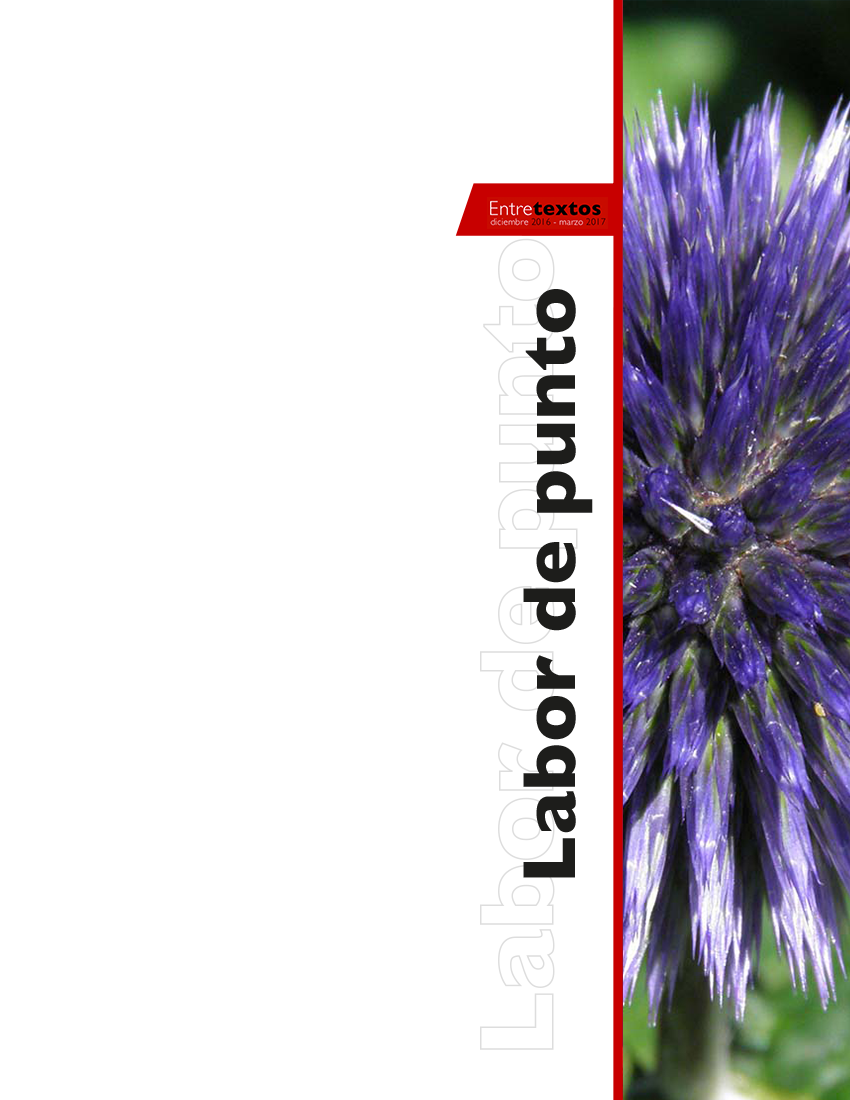The impact of socioeconomic context on achieving Leed Platinum facilities in developing and developed countries
DOI:
https://doi.org/10.59057/iberoleon.20075316.201624345Keywords:
LEED platinum buildings, social benefits of LEED, environmental impacts, case study projects, certified buildingsAbstract
The United States (US) and India are two populous democratic nations that are leading contributors to global climate change and greenhouse gas emissions. To address these problems, LEED (Leadership in Energy and Environmental Design) is one of the tools commonly utilized by the two nations to reduce negative environmental impacts of buildings. This research studied the ways in which LEED certified buildings offer social benefits to their surrounding communities in different socioeconomic contexts. For this study, two LEED Platinum Rated Buildings were purposively selected in the US and India, and technologies and strategies used to achieve the Platinum rating were identified. These technologies and strategies were classified based on social benefits offered to the surrounding community, and cases were compared to evaluate whether benefits varied between the two contexts. For the building located in the US, 26 out of 70, and for the building located in India, 18 out of 57 technologies and strategies were expected to offer social benefits to the surrounding community. For these cases, no significant difference was found in the proportion of potential societal benefits expected between case study projects in the developed vs. developing country. Future research should further explore and quantify the actual societal benefits achieved by certified buildings.
Downloads

Downloads
Published
How to Cite
Issue
Section
License
Copyright (c) 2016 Entretextos

This work is licensed under a Creative Commons Attribution-NonCommercial 4.0 International License.




